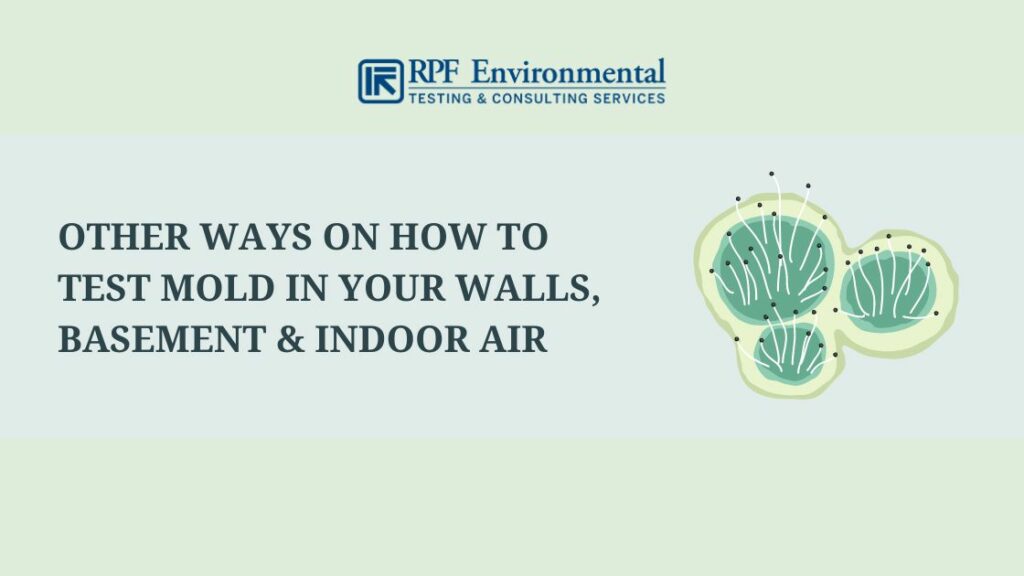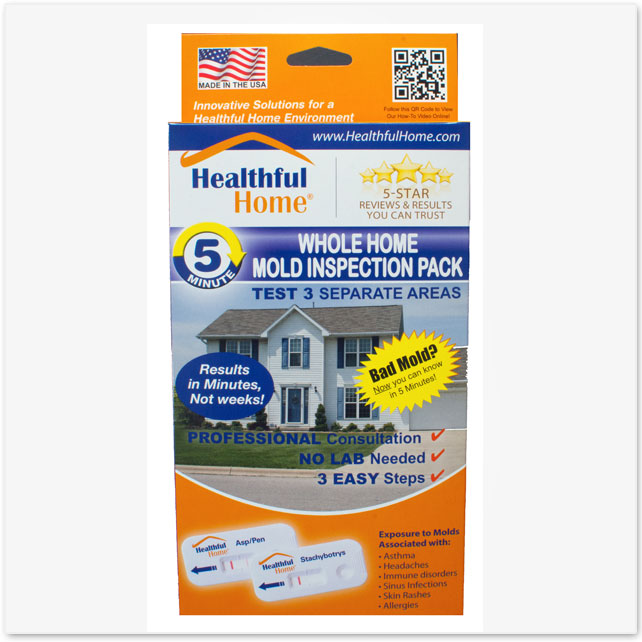Mycotoxin testing Services: A Secret Part in Threat Management Techniques
Mycotoxin testing Services: A Secret Part in Threat Management Techniques
Blog Article
Just How Mycotoxin Screening Helps Avoid Contamination and Guard Food Materials

Mycotoxin screening is an essential technique in the food sector, working as a frontline protection versus contamination by dangerous contaminants produced by mold and mildews. With the application of advanced techniques like High-Performance Fluid Chromatography (HPLC) and Liquid Chromatography-Mass Spectrometry (LC-MS), food producers can precisely identify and measure mycotoxin levels in farming products. This proactive method not just makes sure compliance with rigorous security laws but also mitigates wellness dangers to customers. Routine screening fortifies brand name online reputation and financial health and wellness by reducing contamination-related incidents. How exactly do these testing procedures integrate into the broader food security method?
Comprehending Mycotoxins
Recognizing mycotoxins begins with recognizing that they are hazardous second metabolites generated by certain molds, which can contaminate agricultural products. These metabolites are not necessary for the growth or recreation of the fungi but can have severe effects for animal and human health. Mycotoxins are typically discovered in staple crops such as corn, wheat, barley, and nuts, where they can multiply under specific problems of dampness and temperature level.
There are numerous kinds of mycotoxins, each generated by different fungal types. Aflatoxins, produced by Aspergillus types, are among one of the most notorious, recognized for their carcinogenic buildings. Another significant team consists of ochratoxins, generated by Aspergillus and Penicillium types, which have nephrotoxic results. Fusarium varieties produce fumonisins and trichothecenes, both of which are related to various intense and chronic wellness issues.

Threats of Mycotoxin Contamination
The risks of mycotoxin contamination are diverse, posing considerable threats to both food security and public wellness. Mycotoxins, poisonous substances generated by specific sorts of fungis, can infect a vast array of agricultural items including grains, nuts, spices, dried fruits, and coffee. Once these toxic substances penetrate the food supply, they can bring about serious health and wellness problems such as liver damages, kidney failure, and even cancer cells. Prone populaces, consisting of children, the elderly, and immunocompromised people, are particularly in jeopardy.
Economic effects are one more major issue. Polluted plants can result in significant economic losses for farmers and food producers because of decreased yields and the need for pricey decontamination procedures. Global profession can be dramatically prevented as countries implement stringent mycotoxin laws to protect their populaces, leading to denied deliveries and stretched trade relations.
Ecological aspects such as environment modification intensify the risk of mycotoxin contamination. Variants in temperature level and moisture can develop desirable problems for fungal development, boosting the possibility of contamination events. Hence, understanding and reducing these risks are critical for guaranteeing the safety and security and honesty of global food products.
Techniques of Mycotoxin Checking
Precisely identifying mycotoxin contamination in farming products is necessary for guarding public health and wellness and keeping food security criteria. Various techniques are employed to spot and quantify mycotoxins, each offering specific benefits and limitations.
High-Performance Fluid Chromatography (HPLC) is a widely used method due to its high level of sensitivity and precision. It entails dividing mycotoxins from various other materials in a sample, allowing exact quantification. Likewise, Fluid Chromatography-Mass Spectrometry (LC-MS) combines liquid chromatography with mass spectrometry to supply detailed molecular info, making it particularly useful for identifying several mycotoxins concurrently - Mycotoxin testing Services.

Gas Chromatography-Mass Spectrometry (GC-MS) and Thin-Layer Chromatography (TLC) are also employed, each with unique applications. GC-MS is reliable for unpredictable mycotoxins, while TLC supplies an easier, cost-efficient alternative for preliminary testing.
Benefits of Regular Testing
Normal testing for mycotoxins in farming products supplies various benefits, substantially adding to public health and food security. By recognizing contamination early, normal screening aids stop the distribution of toxic foods, thus lowering the risk of mycotoxin-related ailments amongst customers. This proactive strategy not just safeguards human health yet also boosts the general quality of food products.
Various countries and areas have established rigorous limitations for mycotoxin degrees in food and feed. Adhering to these restrictions via regular screening ensures that suppliers and producers fulfill lawful requirements, thereby avoiding fines and profession barriers.
Additionally, routine Learn More mycotoxin screening can lead to significant economic benefits. Early detection of contamination enables prompt treatment, lowering potential losses from prevalent contamination. Carrying out normal screening procedures can likewise minimize recall costs and relevant liabilities, which can be economically devastating.
Moreover, regular screening offers useful data that can notify far better agricultural methods and storage space problems. By recognizing patterns of contamination, producers can embrace safety nets, consequently lowering future risks and contributing to the sustainability of the food supply chain.
Carrying Out Testing Protocols
Executing efficient mycotoxin screening procedures is essential for ensuring the security and high quality of farming items. Developing a durable testing framework entails several vital actions, starting with the recognition of prospective contamination factors within the manufacturing and supply chain. This consists of pre-harvest, post-harvest, storage space, and distribution stages. Each phase needs to be looked at to determine where mycotoxin contamination is probably to take place.
When crucial control points are determined, selecting suitable screening techniques is necessary. Common methods include enzyme-linked immunosorbent assay (ELISA), high-performance fluid chromatography (HPLC), and mass spectrometry (MS) Each approach has its staminas and weaknesses; hence, selecting the right one relies on the certain mycotoxin being examined, the called for level of sensitivity, and available sources.

Finally, incorporating the screening procedures into an extensive food security management system is advisable. This enhances traceability and makes it possible for swift rehabilitative activities when contamination is found, thus guarding the stability of the food supply chain.
Final Thought
Mycotoxin screening is necessary in avoiding contamination and protecting food supplies by allowing very early discovery of hazardous toxic substances produced by molds in agricultural items. Regular testing boosts brand name credibility, financial security, and depend on in food safety by lessening contamination-related losses and maintaining high standards in food manufacturing.
Mycotoxin testing is an indispensable technique in the food sector, offering as a frontline protection versus contamination by damaging toxic substances created by molds. An incorporated approach including directory agricultural techniques, storage space management, and routine testing can alleviate the risks linked with mycotoxin contamination, guaranteeing food security and public health and wellness.
The dangers of mycotoxin contamination are multifaceted, positioning substantial risks to both food safety and public health.Normal screening for mycotoxins in farming products provides countless advantages, considerably adding to public wellness and food safety and security.Mycotoxin screening my latest blog post is essential in protecting against contamination and securing food products by allowing very early detection of damaging contaminants produced by mold and mildews in farming products.
Report this page